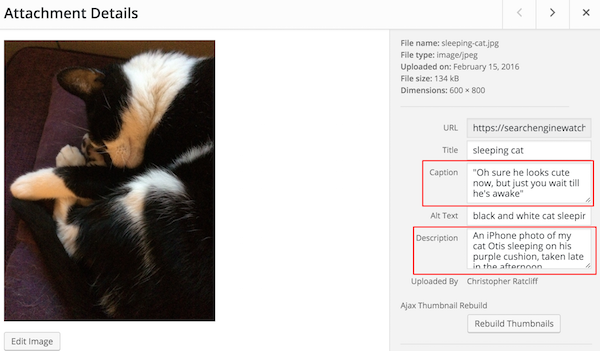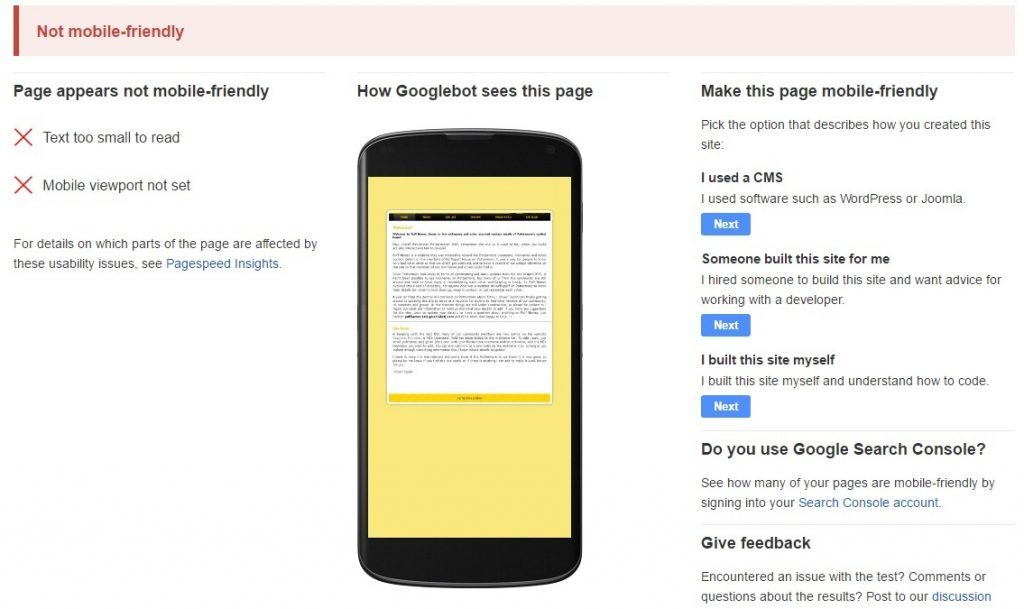The Rise of M-Commerce: Tips for Effective Mobile Marketing & Sales by Erika Napoletano. Available from <http://paymentweek.com/2016-10-17-the-rise-of-m-commerce-tips-for-effective-mobile-marketing-sales-00284/>. [October 17, 2016]
When you look at your mobile device – phone, tablet, or any other digital sidekick of choice – what do you see? One answer should hopefully be “a gateway to online shopping. According to Internet Retailer Magazine, mobile commerce (M-commerce) accounted for 30 percent of all e-commerce sales in 2015. That’s a 38.7 percent increase over 2014, putting revenues to just over $104 billion.
How did we get to a time where mobile purchases accounted for nearly a third of all digital commerce sales in the United States?
With M-commerce on the rise, it’s not enough to realize how much M-commerce is growing. To be truly effective at marketing and selling through this channel, retailers should be aware of the reasons why it’s growing in order to better engage customers through this shopping platform.
Smartphone Ownership
According to Pew Research, 68 percent of Americans owned smartphones in 2015 – a figure up from 35 percent in 2011. With smartphone ownership on the rise, it’s no wonder M-commerce numbers are rising with it. Using smartphones to shop is only natural, especially since they’ve become computers on-the-go. Now, the entire web is at consumers’ fingertips no matter where they might be – and forward-thinking retailers and app developers have come to realize that consumers want to shop using their smartphones, the same as they would using a computer.
Mobile-Friendly Websites
There used to be a day when a consumer could look at a website for their favorite retailer on their phone, and be frustrated that it wasn’t mobile-friendly. That’s where tech-savvy retailers, who began thinking mobile-first, began to transform their existing websites into either responsive mobile designs, which adapt their website appearance to the type and size of a visitor’s device, or specialty mobile designs, which are built specifically for mobile users with less overall functionality but improved design for purchasing behaviors.
Similar Web issued a report in 2015 stating that more than 55 percent of traffic to today’s leading websites is from mobile devices, an increase of 14 percent over 2014.Google also released an algorithm update in April 2016 that penalized websites in mobile search results that were not mobile-friendly (though there is no current impact to those same websites in desktop searches). This means sites are being rewarded if they offer a mobile-friendly website, and is a great motivation to move into mobile-friendly territory.
Popular Industries
Which industries are attracting the greatest volume of M-commerce traffic? Similar Web’s 2015 report lists the following industries as the leaders and most-visited by mobile users:
- Beauty
- Garden and Home
- Health
- Animals and Pets
- Society and People
- Auto
- Hobbies and Recreation
- Sports
- Entertainment and Arts
- Travel
- Industry and Business
Consumer M-Commerce Habits
How are consumers engaging in M-commerce? It varies by industry, so considering a personalized plan for your business is one key to successfully engaging consumers through this channel. Even if customers don’t purchase a vacation, plane ticket, or car directly from their mobile device, their mobile device is playing a key role by giving that consumer the necessary information to make a purchase decision.
“For consumers, mobile devices have become an extension of the research and comparison phase of shopping, especially as they can quickly find products and reviews, as well as check their rewards through loyalty programs or credit cards via their mobile device,” said Amy Parsons, Vice President of Global Commerce at Discover. “Retailers should consider being present in the mobile channel based on what’s best for their type of business, whether it’s an app, mobile-friendly website, or social media channels, in order to reach customers and deliver relevant information.”
This means that even if your business as part of an industry where most sales are completed via desktop or even in-person (such as a car dealership), you should consider investing in the mobile platform as a part of your digital marketing strategy, knowing your customers will use mobile tools to come to an informed purchasing decision.
Key Takeaways
As the busy holiday shopping season nears, now is a key time to ask how you can improve your brand’s efforts around M-commerce. Do you need to hire a consultant to help your brand meet your customer’s mobile shopping expectations? How can you use your current website analytics (such as bounce rates and popular pages) to enhance your customer’s overall mobile research and purchase experience? Are you doing everything you can to make it easy to be found in mobile searches and to be user-friendly once customers find you?
The easier it is for your customers to complete a mobile purchase, the sooner you’ll start to build engagement among this digitally-demanding customer demographic. M-commerce is on the rise, which means the “M” piece of your digital shopping experience could reach new heights as well.
The Rise of M-Commerce: Tips for Effective Mobile Marketing & Sales by Erika Napoletano. Available from <http://paymentweek.com/2016-10-17-the-rise-of-m-commerce-tips-for-effective-mobile-marketing-sales-00284/>. [October 17, 2016]






